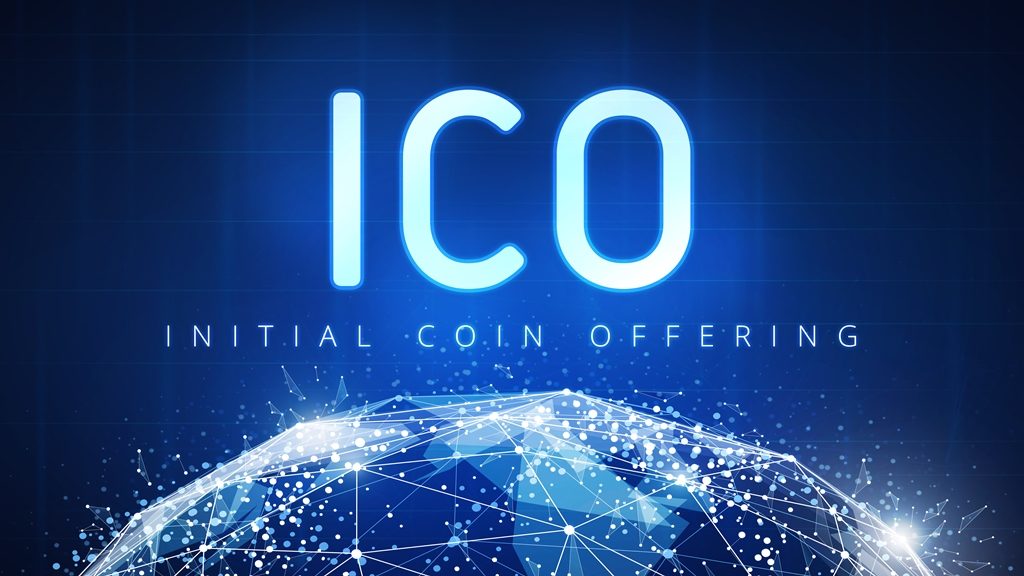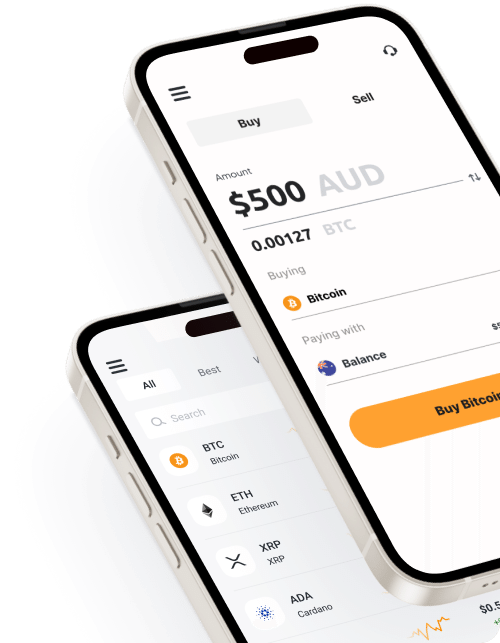
An initial coin offering is a hybrid between initial public offerings (IPOs) and crowdfunding. While IPOs have been around since the 17th century when the Dutch East India Company issued shares to the public to raise capital, the crowdfunding phenomenon exploded when the internet started in the late 1990s.
Crowdfunding relies on online platforms such as MicroVentures, Indiegogo, Kickstarter and GoFundMe to bring people seeking to have a project funded together with those willing to back the project.
Depending on the nature of a project, backers may or may not receive something in return. Common rewards include free access to the crowdfunded product or service, an equity share in the funded business, or a refund of the money once the business starts to make returns.
While the public can participate in crowdfunding to invest in startups, there are constraints just like with IPOs. Since most fundraising platforms are incorporated in the US, they must follow the US Securities and Exchange Commission (SEC) compliance guide.
The guide stipulates, among other regulations, that a single investor cannot donate more than US$100,000 to a project unless they are formally accredited as an investor. Also, a startup can raise no more than US$1 million within a period of 12 months.
Crowdfunding initiatives are limited in other ways by the terms and conditions that the moderating platform puts in place. It is common for fundraisers to be halted on Kickstarter or GoFundMe because they don’t meet or follow the terms and conditions.
Meanwhile, ICOs are run on decentralized platforms (public blockchains), uncontrolled by a single entity able to stop or influence how a startup manages its funding process. It is left to the startup to design the process as it deems fit and up to the investor to decide whether they find the terms agreeable.
The strengths of the ICO model
By combining the best functions of IPOs and crowdfunding, ICOs offer a channel for funding projects that is superior in many ways. Some of those ways include the following:
- ICOs open early-stage startups to investment by regular people.
- Startups can raise capital without ceding control, even as investors get value in return that is similar to equity.
- Developers can fund open-source projects that aren’t expected to provide returns.
- Developers and entrepreneurs can now attract investment from across the globe without restriction by location.
- Early investors can flip their tokens almost immediately after they buy them, without having to wait years. Indeed, an investment made through an ICO is more liquid than that made through traditional investment channels such as angel investments and venture capital.
- There are few laws and regulations and little paperwork involved.
- Investors can contribute whatever amount they want and startups are free to set their own funding caps.
How to make money through an ICO
The primary way of making money with ICOs is to buy tokens low and sell them high on exchanges where they are listed. Because of this, chances are high that once you buy tokens, the price will nosedive as everyone tries to exit and make a profit.
This makes it important to buy tokens that have more utility than just being speculative bearer assets. For example, buying a token that helps users unlock services on a platform or that serves as a platform currency creates the necessary environment for the price to keep growing following the ICO, as there will be a demand outside the speculative market.
If you have the skill and experience, day trading the token—or buying, selling and shorting it—on the exchanges is another way to make money.
Meanwhile, it is important to realize that the ICO space at the moment is like the Wild West. There is little to no regulation or oversight. Inevitably, scammers try to take advantage of and swindle investors.
Many disruptive and revolutionary projects are being funded through this new format. It is common for projects to be hyped, but once the money hits the project’s wallets, the founders disappear. Not all projects that invite you to invest are genuine.
So how can you protect yourself?
Knowing how to protect yourself from the dangers of scammy ICOs is critical knowledge you should have as an investor in the crypto space.
The first step before you send your money to a startup’s wallet is to do your own due diligence. Check the backgrounds and reputations of the founders of the project. Be wary of founders and developers who choose to be anonymous.
It is important to point out, however, that the anonymity of founders by and of itself doesn’t make a project a scam. Bitcoin is an example of a legit project with an anonymous founder. It means, however, that you need to do even more thorough research on the project. Anonymity should be compensated by other factors, such as the strength of the protocol code.
Visit and study profiles of the founders and developers, especially on LinkedIn and GitHub. Find out about other projects they’ve been involved within the past.
Don’t take names, photos and bios of the team at face value. Scam projects commonly create fictitious founders using random names and stock photos from the internet. It is also common for such projects to include the identities of well-known personalities within the crypto space without their permission or knowledge.
After verifying the authenticity of a project, the next step is to investigate their business model. The fact that a project is legit and has founders whose identity you can confirm doesn’t automatically translate to viability. You should read the project’s white paper, read reviews published by others and study its code.
Understanding the code, in particular, is critical, especially if you plan to put a lot of money into the project. Ideally, a project should have an updated GitHub repository. If you are not a developer, you may consider requesting an experienced blockchain developer to review it for you.
Continuing on the subject of viability, ask yourself whether the project really needs a blockchain. And even more, whether it really needs a utility token. Can the founders convincingly justify the funds they seek and outline a clear budget allocation that matches a designed roadmap?
Always give priority to startups that come with prototypes or a proof of concept, especially to those where you are able to try the service. Also, try to find out whether past goals announced on a road map were met.
Another factor when considering whether to invest in an ICO is: does the project use escrow services? An escrow service is a third party that manages the funds on behalf of the project. The escrow will release funds to projects according to set milestones. A startup’s choice to use a reputable escrow service is a sign that they are legit and committed to implementing the idea as pitched.
How to buy ICO tokens
Find a project to invest in using ICO tracking websites. Some of these sites do objective reviews and detailed risk analyses.
After doing your research and due diligence, note the launch date. Some ICOs have caps and others don’t. You need to act fast when there’s a cap to avoid being locked out.
Visit the project website and read the instructions and requirements for participating. Find out whether you need to preregister. Most crowd-sales include some compilation of “Know Your Customer” (KYC) rules in the investor onboarding process.
Also, make sure you have the necessary wallets to store your tokens. Most tokens issued through ICOs are ERC20, meaning they are standardised for Ethereum wallets like Mist, MetaMask, Parity and MyEtherWallet. If the tokens aren’t ERC20, then you need to download and set up the project’s own wallet application following instructions issued on the official website.
Look for security features. Confirm links, and be watchful for clone websites to avoid being the victim of a phishing attack.
Buy tokens with funds in a wallet whose private keys you control. Don’t send money from an exchange wallet, because when you claim your tokens you need to have access to your private keys. Mist, MetaMask, Parity and MyEtherWallet are good wallets to send funds from when buying tokens.
Sometimes it takes a few days after closing for an ICO to send tokens. It is often communicated in advance how long it will take before tokens will be sent to buyers. One more reason you should buy tokens from projects that use reputable escrow services is that you are protected in the event the tokens are never delivered. The escrow service will refund your money.
Once you have your tokens, you are free to sell them at listing exchanges. If you miss an ICO, you can buy the project’s tokens from the same exchanges.
Disclaimer: What you read here is not investment advice. Instead, use this article as a backdrop for your own research and due diligence on initial coin offering (ICO) investment opportunities. Read Part 1 here.



